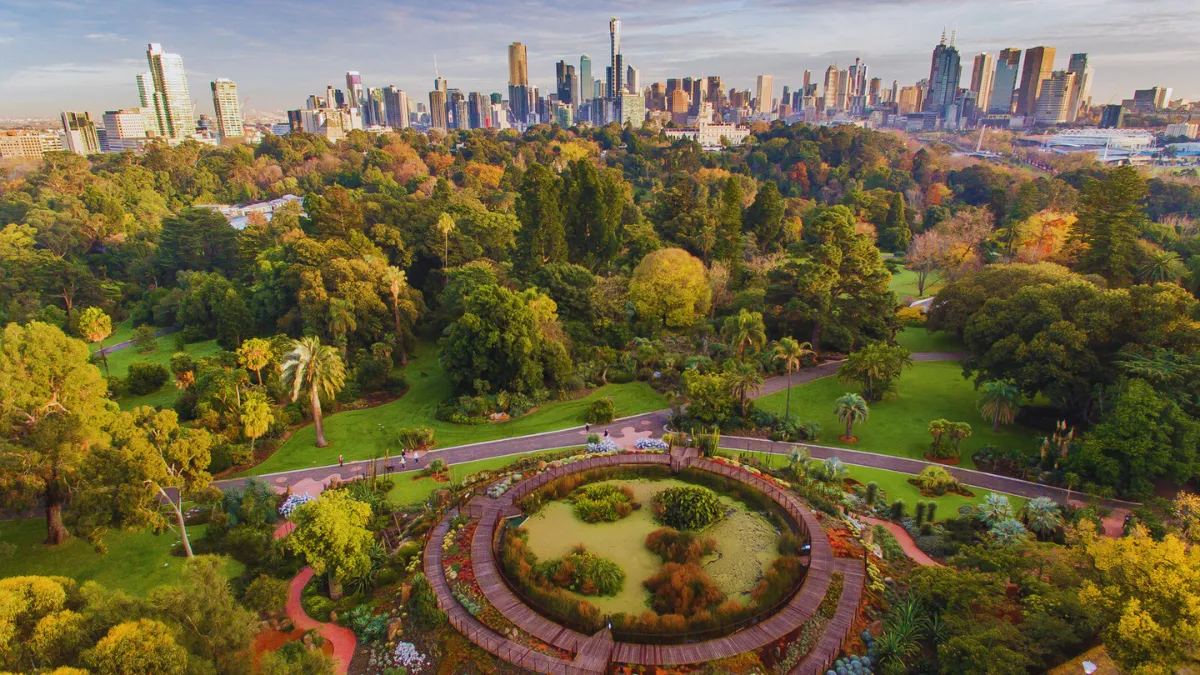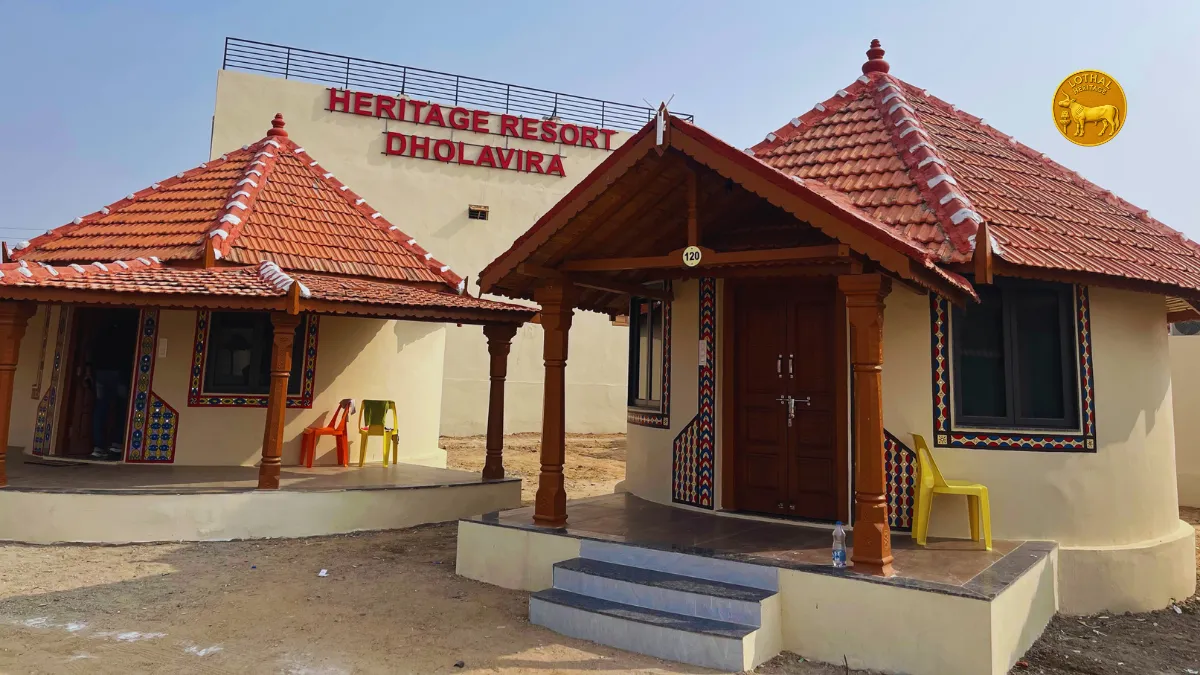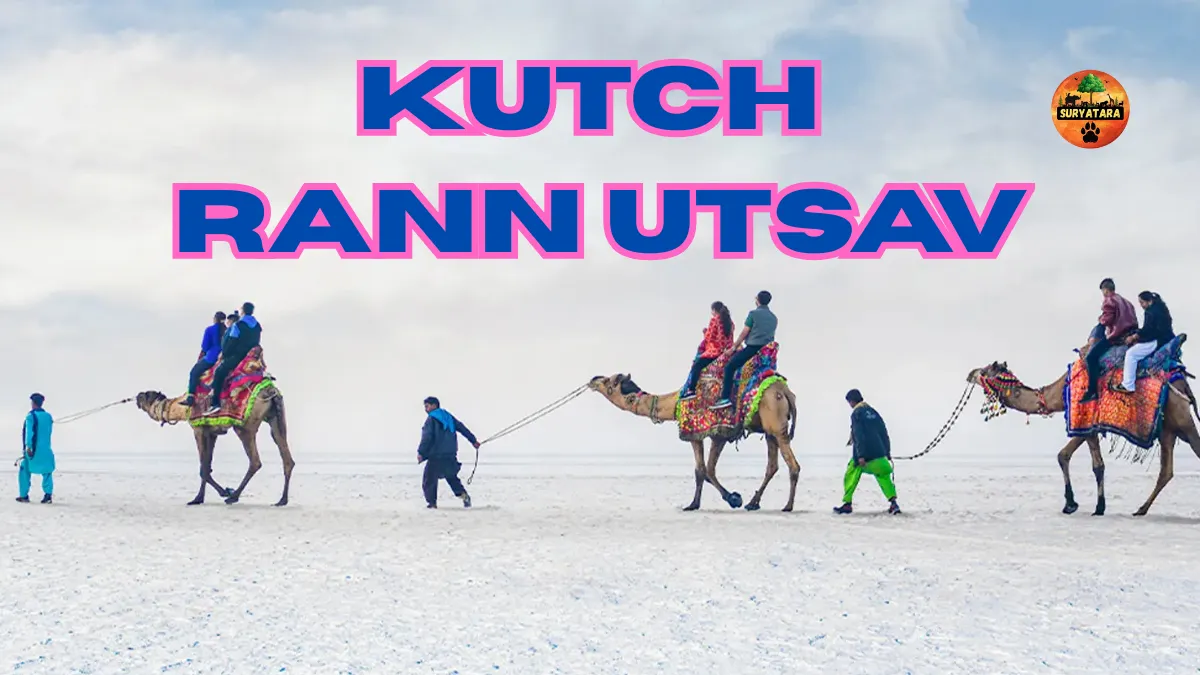Nestled in the lush heart of Assam, the city of Jorhat unfolds like a poetic blend of history, culture, and nature. Known as the Cultural Capital of Assam, this beautiful city charms every traveler with its tea-scented breeze, traditional festivals, and tranquil countryside. From the legendary tea estates to the sacred river island of Majuli, Jorhat Assam offers an experience that is as soothing as it is unforgettable.
The Story Behind Jorhat Assam
The name “Jorhat” comes from two Assamese words: Jor, meaning “two,” and Hat, meaning “market.” This name beautifully captures its origins — two bustling markets that once thrived on the eastern and western banks of the Bhogdoi River. During the British colonial era, Jorhat developed into a prominent administrative and commercial hub, and today it stands as a living museum of Assam’s glorious past and dynamic present.
As the former capital of the Ahom Kingdom, Jorhat retains an old-world charm that coexists harmoniously with modern life. The city is dotted with colonial-era architecture, ancient monuments, and expansive tea gardens that stretch across the horizon — each leaf whispering tales of Assam’s tea legacy.
The Tea Gardens of Jorhat: Where Serenity Meets Aroma
No journey through Jorhat Assam is complete without exploring its world-famous tea estates. Often called the “Tea Capital of the World,” Jorhat is home to some of the oldest and most picturesque tea gardens in India. Among them, Cinnamora Tea Estate, established in 1850, holds the distinction of being Assam’s first tea garden.
Walking through these lush green estates feels like stepping into a dream. Travelers can witness tea workers plucking delicate leaves in rhythm with nature, learn about the intricate tea-making process, and participate in tea-tasting sessions that awaken all senses. Many estates also offer heritage-style accommodations where guests can wake up to misty mornings, the scent of fresh brews, and a view that stretches endlessly over green hills.
Majuli Island: The Soul of Assamese Culture
Just a short ferry ride away from Jorhat lies Majuli, the world’s largest river island and a living cradle of Assamese art, faith, and folklore. Floating gracefully on the Brahmaputra River, Majuli is not just a geographical wonder but also a spiritual retreat.
Home to several Vaishnavite Satras (monasteries) established by the saint Srimanta Sankardev, Majuli preserves a unique form of worship, dance, and mask-making art that defines Assamese culture. Travelers can interact with monks, witness traditional dance dramas like Bhaona, and admire the intricate masks made for religious performances. The island’s calm landscape and eco-friendly lifestyle make it a must-visit destination for those seeking inner peace and cultural depth.
Thengal Manor and Colonial Charm
Stepping into Thengal Manor is like traveling back in time. Built in 1880, this elegant heritage bungalow reflects the grandeur of the tea era. Surrounded by manicured gardens and framed by colonial architecture, it offers a glimpse into the lifestyle of tea estate owners during British India. Today, it stands as a boutique heritage stay, offering visitors a chance to relive the charm of old Assam with modern comforts.
The Legacy of the Ahom Dynasty
A short drive from Jorhat takes travelers to Sivasagar, the ancient capital of the Ahom rulers who reigned for nearly 600 years. This region is home to magnificent structures like Rang Ghar, Talatal Ghar, and Kareng Ghar — architectural marvels that showcase the engineering brilliance of medieval Assam. Each monument tells stories of courage, innovation, and devotion that shaped Assamese identity.
A Date with Nature: Gibbon Wildlife Sanctuary and Beyond
For nature and wildlife enthusiasts, Gibbon Wildlife Sanctuary near Jorhat is a true gem. This sanctuary is India’s only protected area dedicated to the Hoolock gibbon, India’s only ape species. As you walk through the dense canopy of tall trees, you can spot gibbons swinging gracefully, colorful birds chirping melodiously, and butterflies fluttering around in a natural paradise.
Just a few hours away lies the iconic Kaziranga National Park, a UNESCO World Heritage Site and home to the famous one-horned rhinoceros. Here, jeep safaris take visitors deep into the grasslands, offering glimpses of elephants, tigers, deer, and countless migratory birds. Kaziranga’s breathtaking landscape and its vital role in wildlife conservation make it one of the top attractions near Jorhat Assam.
Festivals of Jorhat: The Heartbeat of Assam
Festivals in Jorhat Assam are not just celebrations; they are expressions of life and identity. The most prominent among them is Bihu, celebrated three times a year —
- Bohag Bihu (April) marks the Assamese New Year,
- Magh Bihu (January) celebrates the harvest, and
- Kati Bihu (October) honors the changing seasons and agricultural hopes.
During Bihu, the city comes alive with traditional dances, folk music, and vibrant attire. Travelers are warmly welcomed to join in the festivities, experience local traditions, and taste authentic Assamese delicacies.
Equally captivating is the Assam Tea Festival, held every November. It showcases the deep-rooted tea culture of the region, along with local music, exhibitions, and cultural performances — making it a unique celebration of Assam’s pride and flavor.
Flavors of Jorhat Assam: A Culinary Journey
Food in Jorhat is an aromatic blend of simplicity and tradition. The cuisine reflects the diverse communities and tribes that call Assam home. Each dish uses fresh, local ingredients — from herbs and greens to river fish and rice.
- Khar, a traditional alkaline dish, symbolizes Assamese comfort food.
- Masor Tenga, a tangy fish curry made with tomatoes and lime, is a refreshing favorite.
- Aloo Pitika, mashed potato with mustard oil and chilies, adds homely warmth to every meal.
Popular dining spots include Jorhat City Restaurant for authentic Assamese thalis, Meridian Restaurant for multi-cuisine options, and Cafe Hendrix for a cozy evening with live music. Every bite in Jorhat feels like an invitation to explore the heart of Assamese hospitality.
Shopping in Jorhat: Blending Heritage and Modernity
The local markets of Jorhat Assam are perfect for shoppers who love traditional crafts and textiles. Chowk Bazaar and Gar-Ali Market are known for exquisite Assam silk, bamboo and cane handicrafts, and jewelry that reflects the region’s artistry. Visitors can buy Muga silk sarees, famous for their natural golden hue, and handcrafted tea gift boxes.
For those looking for a more contemporary experience, the city’s malls and boutiques offer stylish collections that combine ethnic and modern designs. And of course, no trip to Jorhat is complete without taking home packets of premium Assam tea — a fragrant reminder of your time in this green paradise.
Adventure and Treks Around Jorhat
Though Jorhat is often known for its calm and cultural vibe, it also serves as a starting point for exciting nature adventures. The Dehing Patkai Wildlife Sanctuary, often called the “Amazon of the East,” offers scenic trails through dense rainforests rich with flora, fauna, and waterfalls.
For seasoned trekkers, the nearby Dzukou Valley trek along the Nagaland border is an unforgettable journey through rolling meadows covered with seasonal flowers. The valley, with its misty air and pristine charm, feels like nature’s own painting — an experience that stays etched in memory forever.
How to Reach Jorhat Assam
Reaching Jorhat is convenient through multiple routes:
- By Air: The Jorhat (Rowriah) Airport connects the city to major Indian cities like Kolkata, Guwahati, and Delhi.
- By Train: Jorhat has two railway stations — Jorhat Town and Mariani Junction — offering easy access to other parts of India.
- By Road: Smooth highways link Jorhat to Guwahati, Sivasagar, and neighboring states. Regular buses and taxis make road travel comfortable and scenic.
Best Time to Visit Jorhat Assam
The ideal time to visit Jorhat Assam is between October and April. During these months, the weather remains pleasantly cool and dry, perfect for sightseeing, tea garden tours, and wildlife excursions. Winters bring crisp air and clear skies, while spring paints the landscape in vibrant shades of green.
Also read: Dholavira in the World Heritage Site: Gujarat’s Ancient Harappan City Shines Globally
Where Time Slows and Culture Breathes
Jorhat isn’t just a destination — it’s a feeling. It’s where the morning mist rises over tea gardens, where monks chant beside the Brahmaputra, and where every cup of tea carries the flavor of centuries-old tradition.
With more than 135 tea estates, vibrant festivals, and warm-hearted people, Jorhat Assam offers travelers a perfect balance of serenity, culture, and adventure. Whether you come for the tea, the temples, or the tranquility, Jorhat welcomes you with open arms and a timeless melody that stays long after you’ve left.
Quick Travel Facts: Jorhat Assam
| Category | Details |
|---|---|
| State | Assam |
| Famous For | Tea plantations, Majuli Island, Ahom monuments, Bihu Festival |
| Nearest Airport | Jorhat (Rowriah) Airport |
| Best Time to Visit | October to April |
| Popular Attractions | Cinnamora Tea Estate, Majuli Island, Gibbon Wildlife Sanctuary, Kaziranga National Park, Thengal Manor |
| Local Cuisine | Khar, Masor Tenga, Aloo Pitika |
| Souvenirs to Buy | Assam Tea, Muga Silk, Bamboo & Cane Crafts |
Also read: Top 10 UNESCO World Heritage in the World: A Journey Through History, Culture, and Nature
Conclusion:
In a world that moves fast, Jorhat Assam invites you to slow down and savor life — one sip of tea, one sunset, and one story at a time. It’s a place where history breathes through the breeze, where nature paints every corner, and where hospitality flows as freely as the Brahmaputra River.
So, the next time you plan a trip to Northeast India, let Jorhat be your window into Assam’s soul — a destination where culture, tea, and tranquility come together in perfect harmony.













